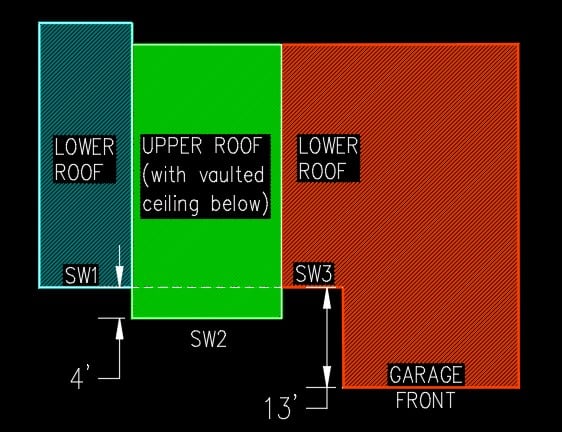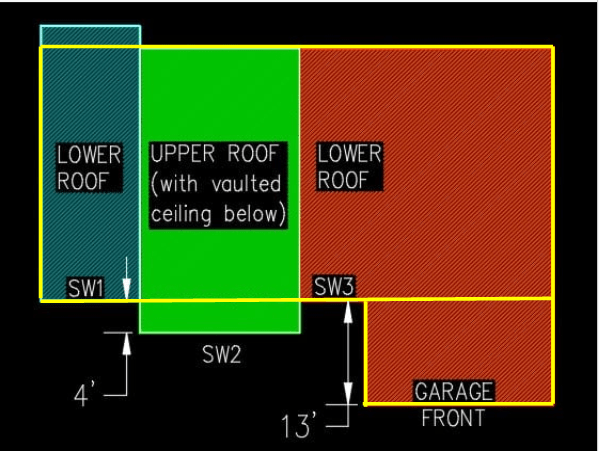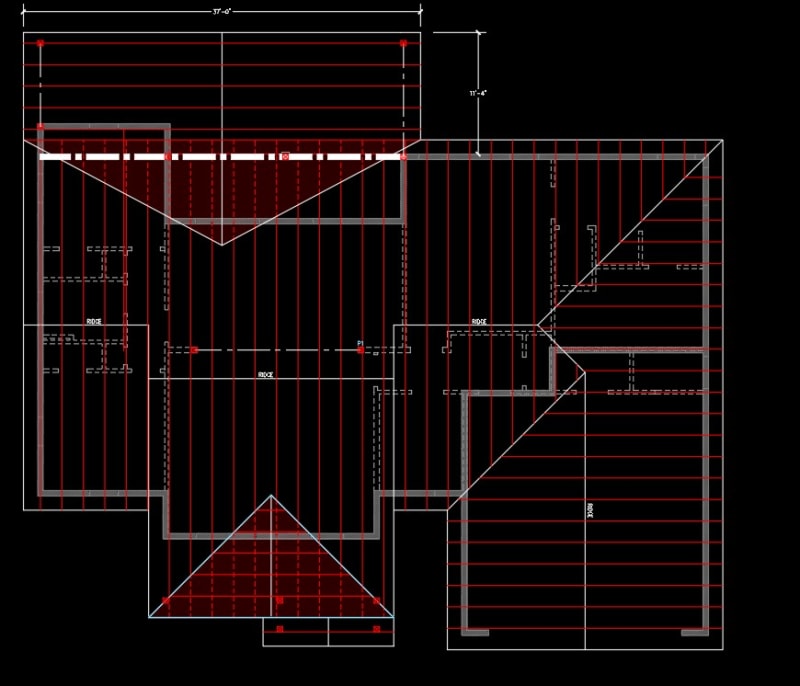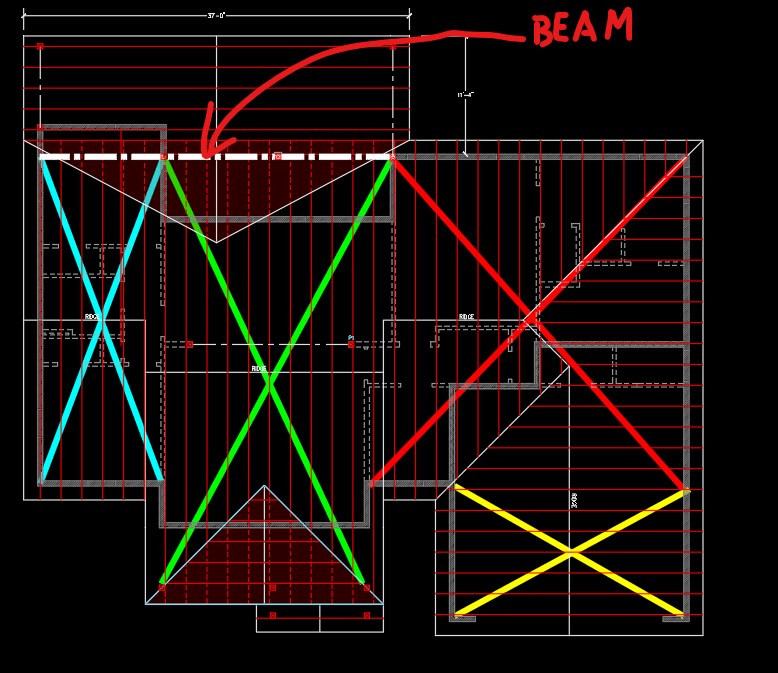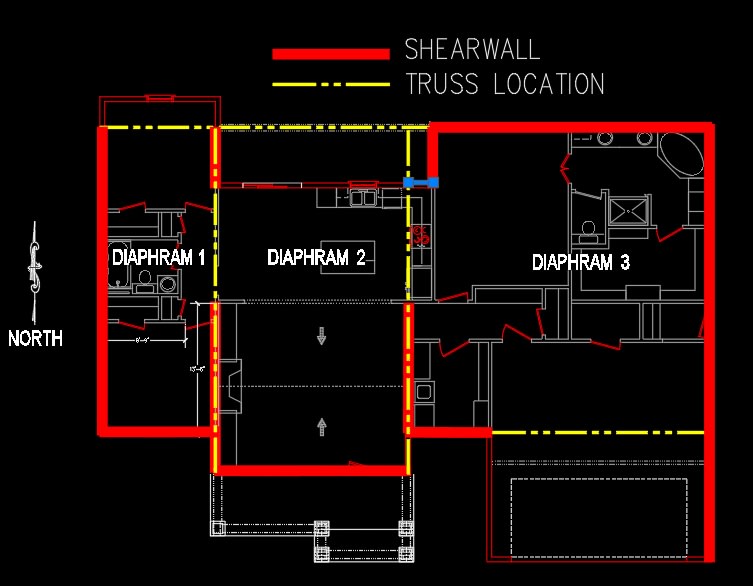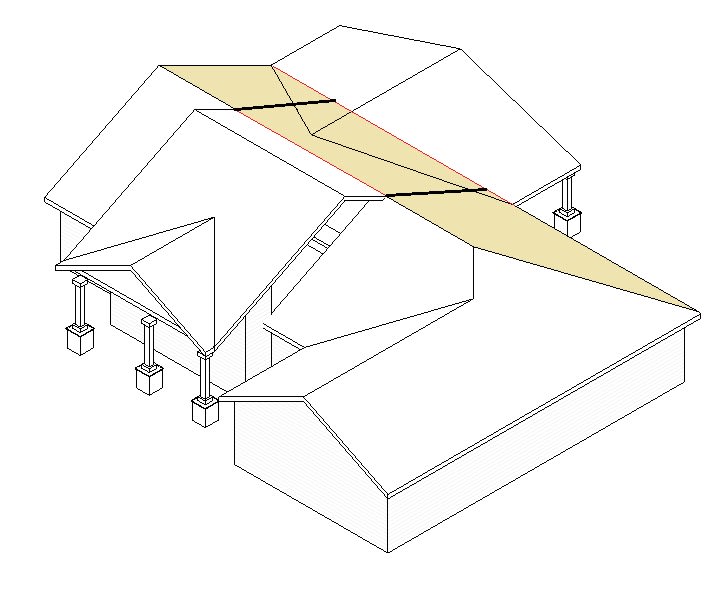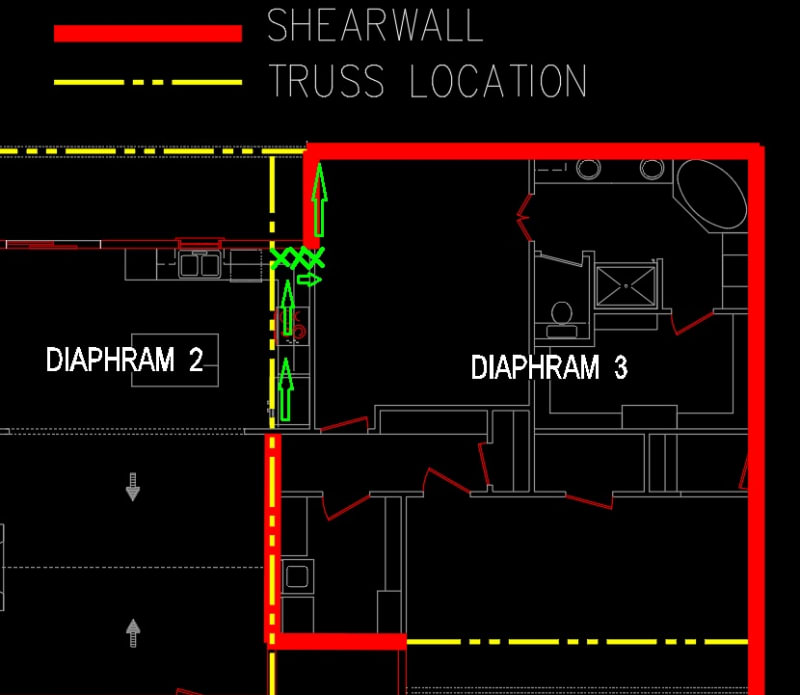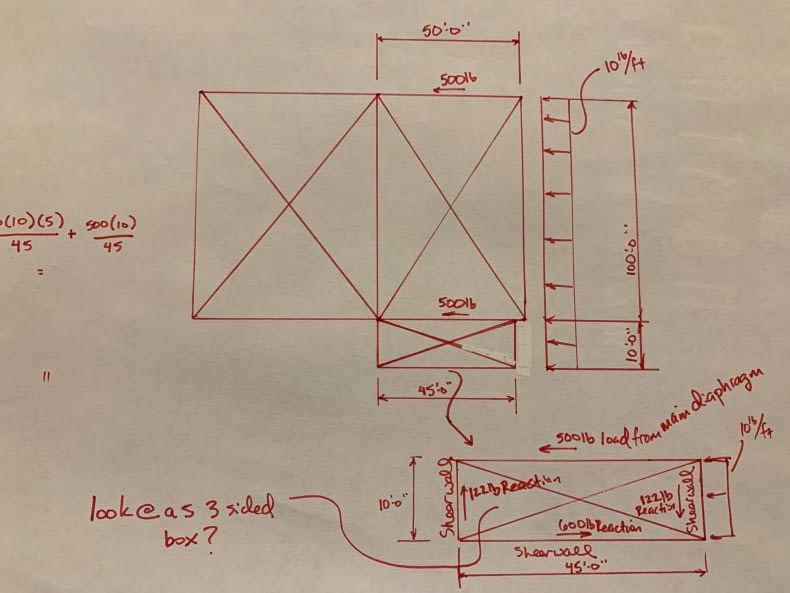I have a question on a 1-story wood frame house that has a center section that is vertically and horizontally offset from the adjoining sides. Please see the attached figure (the image on the left is an isometric view of the house, the center image is a plan view of the roofs and shearwalls, and the image on the right is a section through the vaulted ceiling area at the shearwall line).
I need to transfer the shear from SW1 over to SW3. I've done residential structures before with horizontal offsets - this is the first one I've done that also is combined with a vertical offset. I'm trying to figure out what is the best way to detail this...
Any advice would be greatly appreciated!
I need to transfer the shear from SW1 over to SW3. I've done residential structures before with horizontal offsets - this is the first one I've done that also is combined with a vertical offset. I'm trying to figure out what is the best way to detail this...
Any advice would be greatly appreciated!

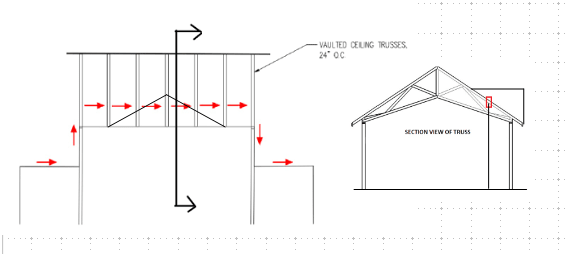
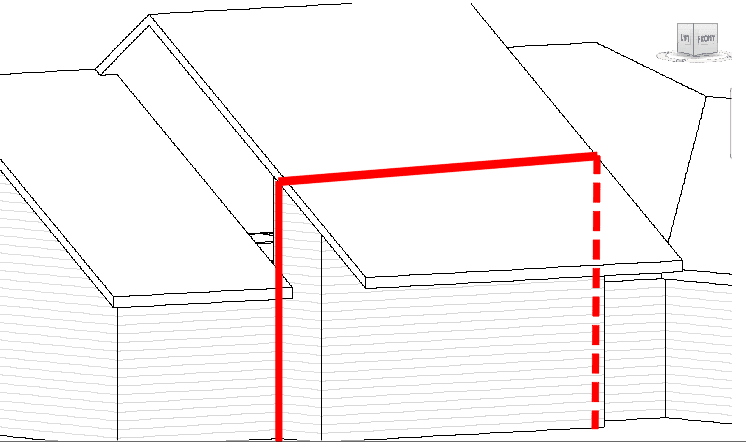
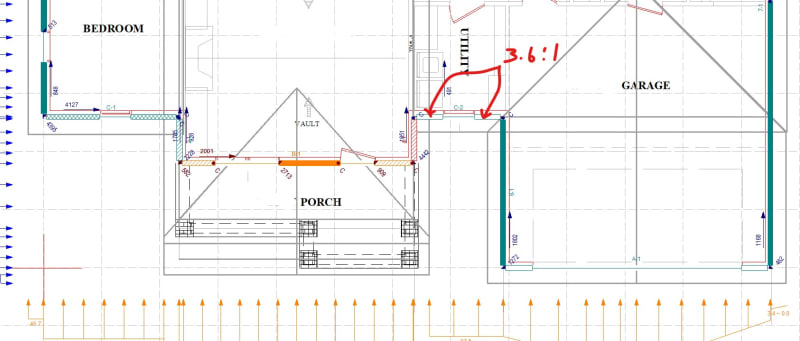
![[glasses] [glasses] [glasses]](/data/assets/smilies/glasses.gif)
